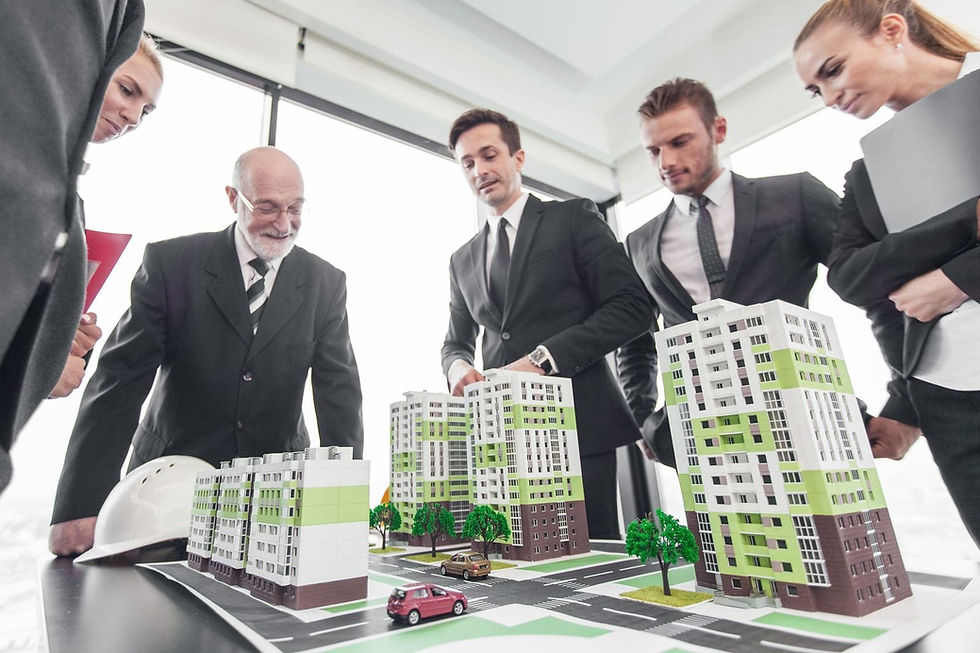Why Healthcare Tenants Are Taking Over Your Local Strip Mall
- Shane Lovelady

- Jun 14
- 1 min read
Retail-to-healthcare conversions are no longer niche—they’re redefining the commercial real estate landscape in 2025. Vacant big-box stores, aging grocery-anchored centers, and underperforming strip malls are being snapped up by health systems, private equity-backed operators, and national behavioral health brands.
So why is this happening?
Accessibility: Retail spaces are often in high-traffic, suburban locations with ample parking—exactly what outpatient care facilities need.
Cost Advantage: Compared to ground-up development, repurposing existing retail offers significant cost savings and faster speed-to-market.
Zoning Flexibility: Many municipalities are welcoming healthcare tenants in commercial zones, accelerating permitting processes.
Patient Convenience: Consumers want care closer to home—and these sites are usually located right where the demand is.
We’re seeing everything from primary care, imaging centers, and dental groups to dialysis clinics, ASCs, and behavioral health providers moving in. Some are even blending uses—urgent care up front, therapy services in the back.
But not every retail site works. Investors and brokers must evaluate key metrics like:
Healthcare zoning allowances
Floorplate size and plumbing for medical buildout
Parking ratios (4–5/1,000 SF minimum)
Ingress/egress for ADA and ambulance access
Proximity to referring physicians and patient base
At Lovelady Perspective, we help investors, developers, and leasing agents determine which properties are ripe for conversion—and which ones to avoid. Whether you’re working on a repositioning or need to underwrite a potential lease, we’re your go-to for market intelligence in the healthcare real estate space.
📅 Book a time to chat: https://calendly.com/contact-loveladyperspective
📬 Get the weekly healthcare real estate intel: https://www.loveladyperspective.com/contact



Comments